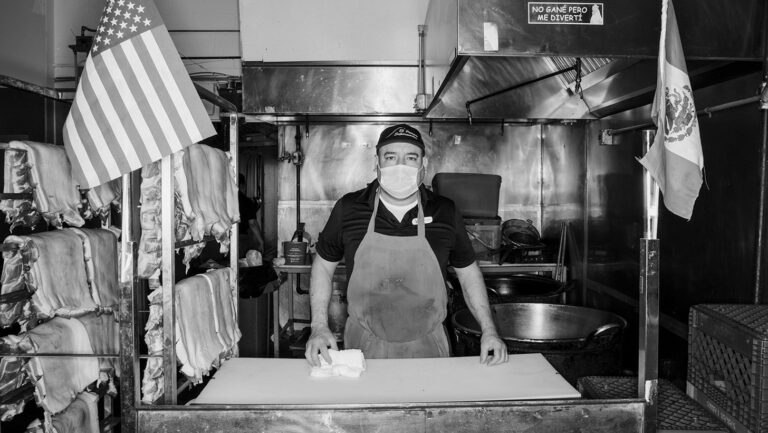This was money — and time and energy — well spent. The first exhibit, El Alma de España: The Soul of Spain, focussed on the Spanish Golden Age, when artists such as Ribero and Murillo crafted religious images of rare and enduring power. The second exhibit, A Prelude to Spanish Modernism: Fortuny to Picasso, traveled the road from the 19th century to the early years of the 20th century when Picasso, as a very young man, began early experiments that would eventually lead to the explosive blossoming of modernism.
So, we come to the final installment — Picasso to Plensa: A Century of Art from Spain. The can of worms is now officially open. From the Cubism of early Pablo Picasso and Juan Gris to the Surrealism of Salvador Dali and Joan Miró to the mid-century Expressionism, Constructivism and other art movements that eventually led to the free-for-all character of our contemporary art world, this is a show you really can’t miss.
In one sense, of course, examining contemporary art through the lens of nationality is somewhat ridiculous. The earlier exhibits in this series offered art created in a largely provincial, disconnected context, where obvious cultural and political boundaries allowed for distinct national artistic developments.
Our world is a very different place. All of humanity is bound together now in ways that were previously impossible. In this way, it’s a little absurd to talk solely of American art or French art. We’re all American. We’re all French. For that matter, we’re all Spanish.
On the other hand, the history of Spain in the 20th century is a unique one, and it’s led to unique if subtle themes in recent Spanish art. The psychological and physical traumas endured by that country — especially the civil war and Franco’s brutal regime — inevitably influenced, in one way or another, most of the artists in this exhibit.
The irony, of course, is that the best examples of 20th century Spanish art were created outside the borders of Spain — in Paris or New York or elsewhere — far from the isolating, repressive constraints of Franco’s fascism. For most of the major figures of Spanish art, the motherland would have a lasting and profound influence.
This story is familiar to anyone with a cursory knowledge of the ABCs of art history. The new exhibit’s most intriguing draw, however, is on the Plensa, rather than the Picasso, end of the spectrum. As I progressed toward the chronological end of that spectrum, I came across several active, alive and kicking artists making radical art in our own new century.
The sculptor Jaume Plensa, for example, has two pieces that bookend the exhibit. “War? Why?” from 2002 is a solid steel piece at the entrance that seems appealingly naïve and straightforward in its point-blank question. “Tattoo III” is displayed in the final gallery. In this, a meditating human figure covered with words and concepts is composed of transparent polyester resin, illuminated from within by an electric light. This enigmatic piece would make one hell of a cool night-light.
Picasso to Plensa includes a separate room screening work by contemporary Spanish video artists. The main galleries also incorporate plenty of space for contemporary mixed-media work, such as Antoni Miralda’s eerie “Xmas in Guantánamo,” a sculptural piece constructed from a soft drink refrigerator and an automated flamingo in a white bag.
This is a large and varied show that shouldn’t be rushed — or missed. Picasso to Plensa is the kind of privileged exhibit we don’t see often in New Mexico.
Picasso to Plensa: A Century of Art from Spain runs through April 23 at the Albuquerque Museum (2000 Mountain NW). The museum is open Tuesday through Sunday from 9 a.m. to 5 p.m. Entrance to this special exhibit is an extra $5. Ordinary admission to the museum is $4 general ($1 discount for New Mexico residents), $2 seniors, $1 kids 12-and-under. General admission is free every Sunday from 9 a.m. to 1 p.m. and the first Wednesday of every month. For details, call 243-7255 or go to www.cabq.gov/museum








